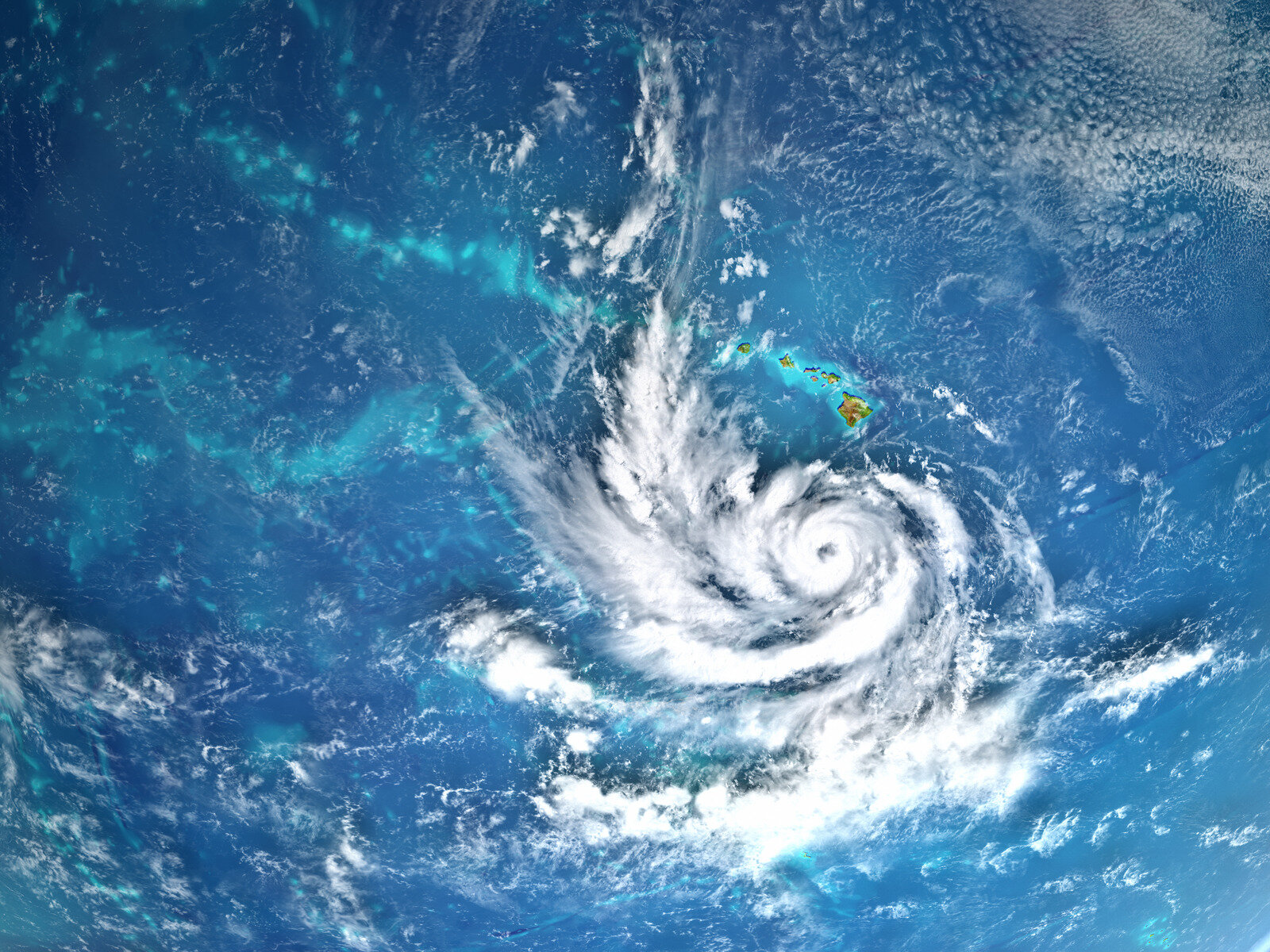
Climate Hazards
Risks from hurricanes, tropical storms, flooding, high heat, and other extreme weather hazards are on the rise due to climate change.
We will be better prepared to bounce forward from any disaster by learning from past disasters, planning for recovery, and improving local infrastructure.
Key Projects
Long-Term Disaster Recovery Plan
Planning for long-term disaster recovery will better prepare Oʻahu’s government and local communities to recover as quickly, efficiently, and equitably as possible. In partnership with government agencies, nonprofits, mission driven organizations, and our local communities, the Resilience Office has released the City’s first ever Long-Term Disaster Recovery Plan.
What are flood zones? What can I do about regular flooding in my neighborhood? My home hasn’t flooded before - can it still flood? Visit our flood page for answers and more.
Floods are the number one natural disaster in O‘ahu, and across Hawai‘i and the continental U.S. in terms of frequency and cost. There are things we can do as a community today to prepare for tomorrow.
Resilience Hub Network
The COVID-19 pandemic and increasing frequency of climate disasters has resulted in communities around the world looking for ways to strengthen their resilience. One approach is through Resilience Hubs, which are community-led, trusted gathering spaces that connect residents and serve their immediate or surrounding neighborhoods. The Resilience Office has partnered with the Center for Resilient Neighborhoods (CERENE) at Kapiʻolani Community College, nonprofits and local communities to start developing a network of Resilience Hubs across Oʻahu.
Local Hazard Mitigation Plan
Natural hazards like floods, wildfires and hurricanes can have devastating impacts on Oʻahu’s communities. To reduce their effects, the City recently updated the Local Hazard Mitigation Plan (LHMP) for 2025. The LHMP guides actions the City and community members can take before a disaster to improve our resilience.
Get Flood Ready
The City is a Cooperating Technical Partner with the Federal Emergency Management Agency (FEMA) and is actively pursuing several projects through the program. The collaboration helps produce updated flood hazard maps for the island and improved flood hazard information specific to local conditions.
FEMA Cooperating Technical Partners Program
For information on disaster preparedness, visit the Department of Emergency Management.

“Scientists agree that it is not a matter of IF the next tsunami or hurricane will occur, but WHEN. From 1819 to 1975, Hawai‘i experienced at least 26 damaging tsunamis, or about one every six years...Regarding hurricanes, the National Weather Service expects an event to impact the islands about once every 15 years.”





